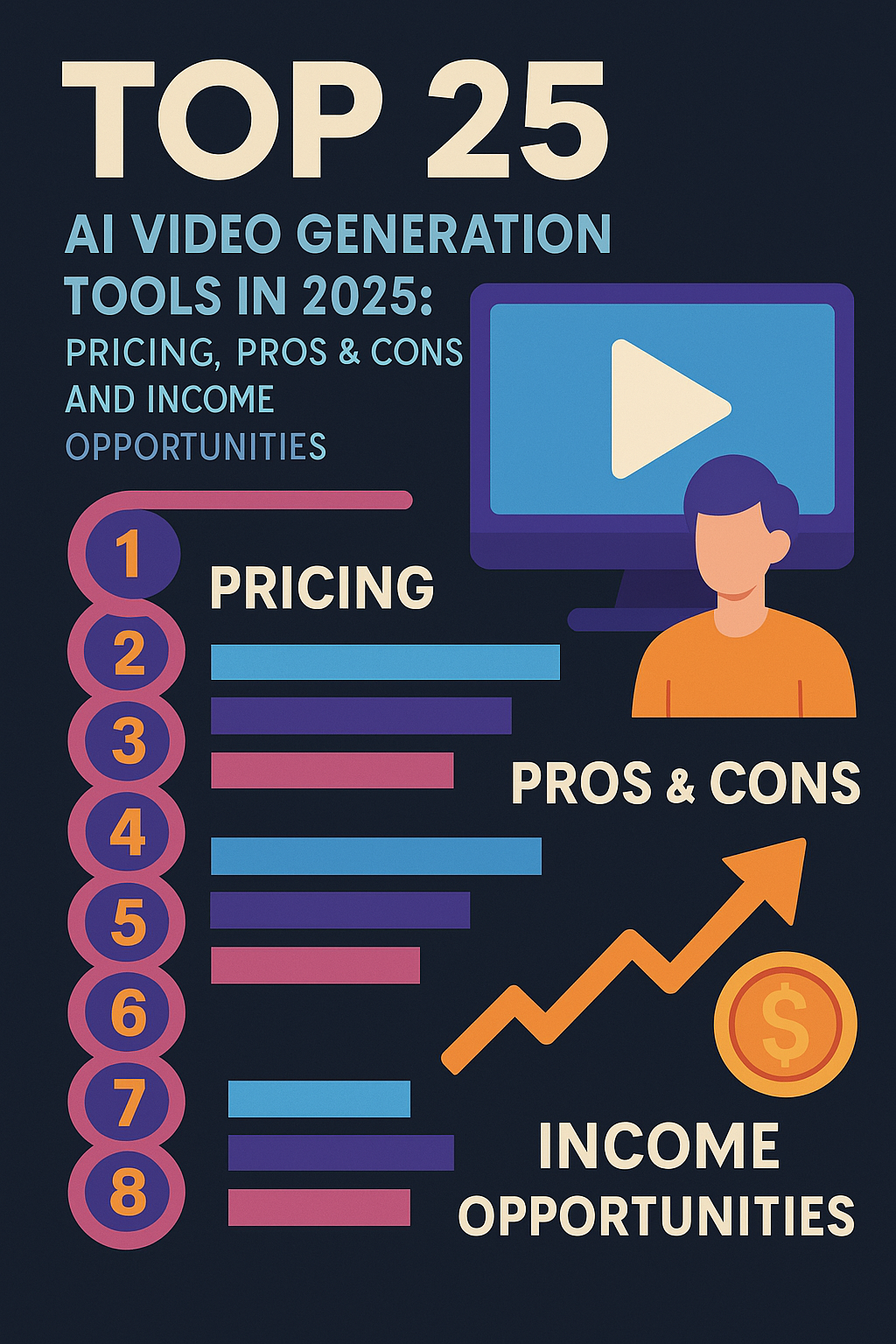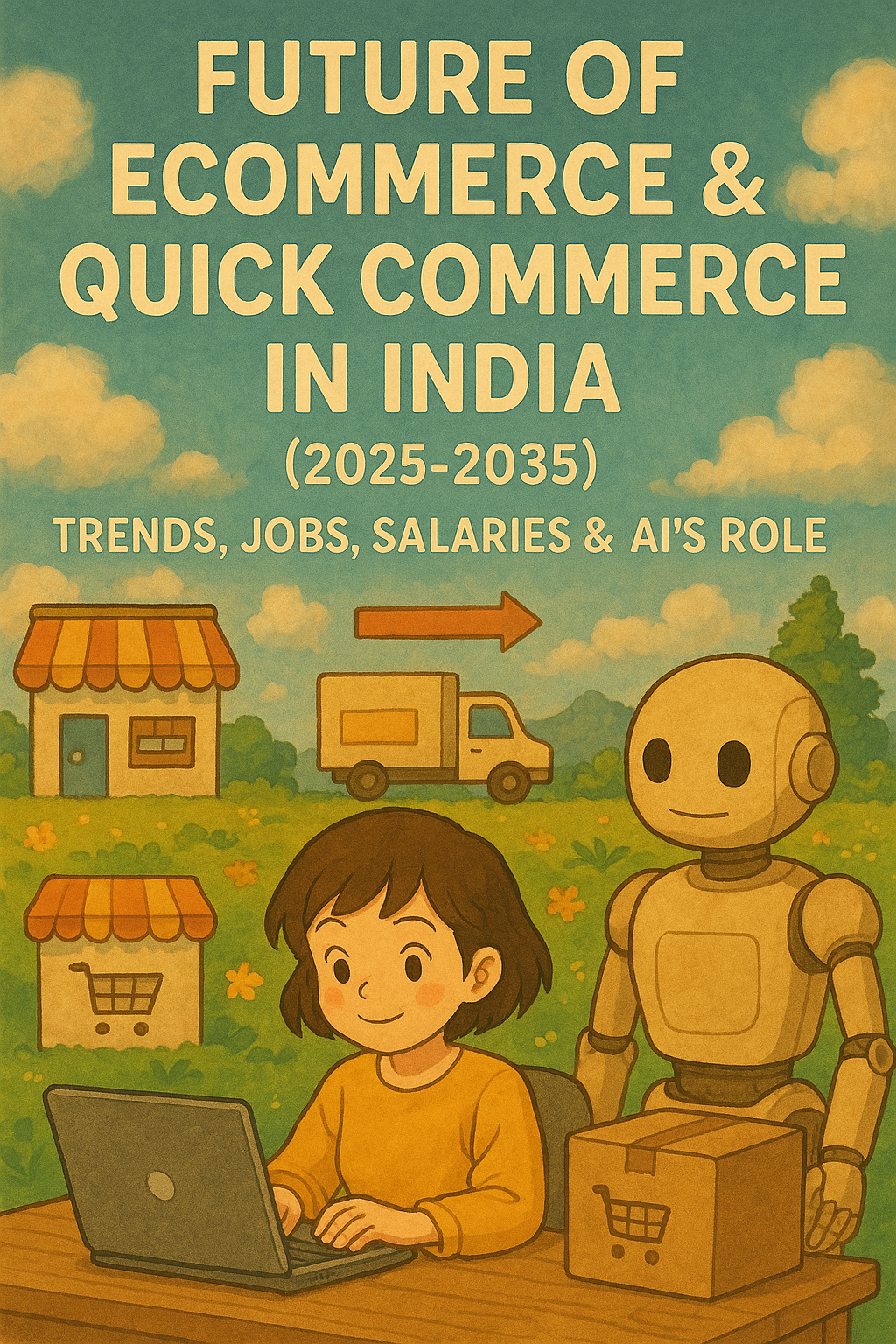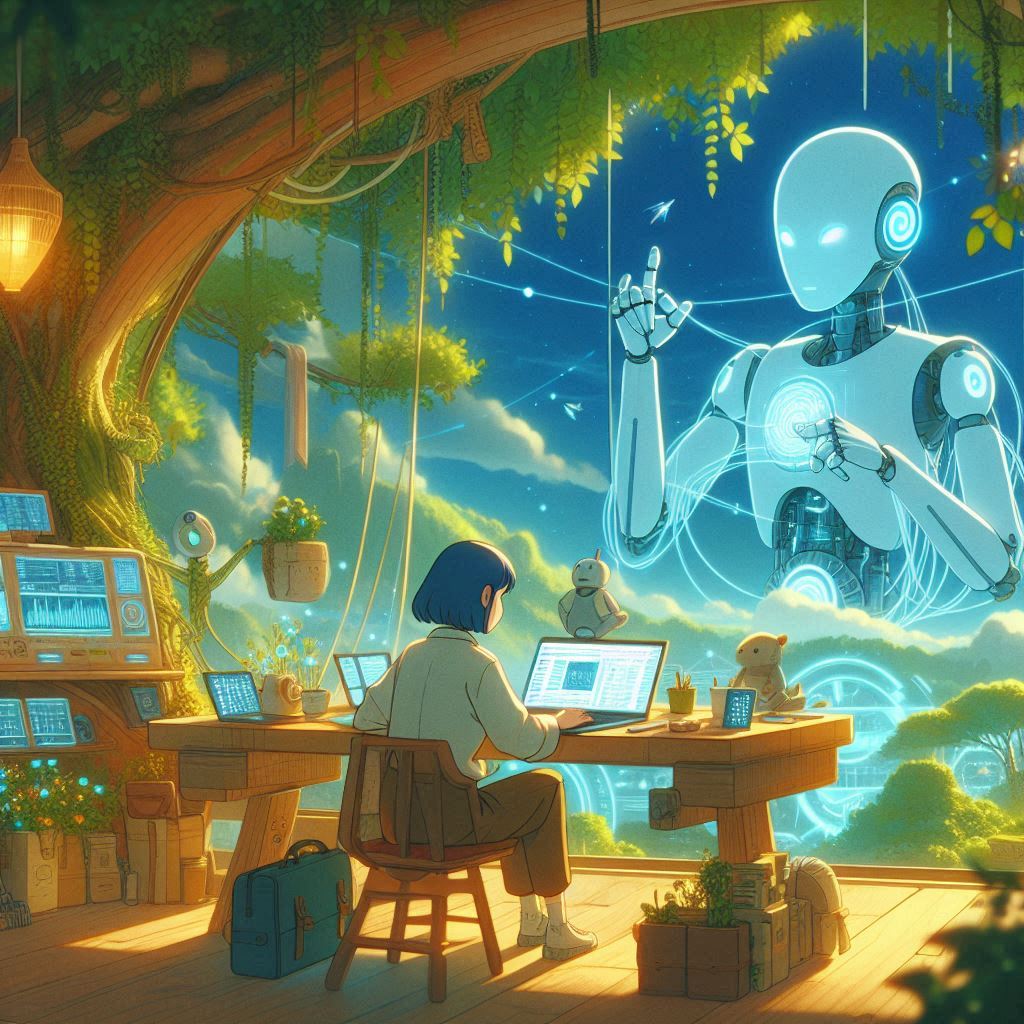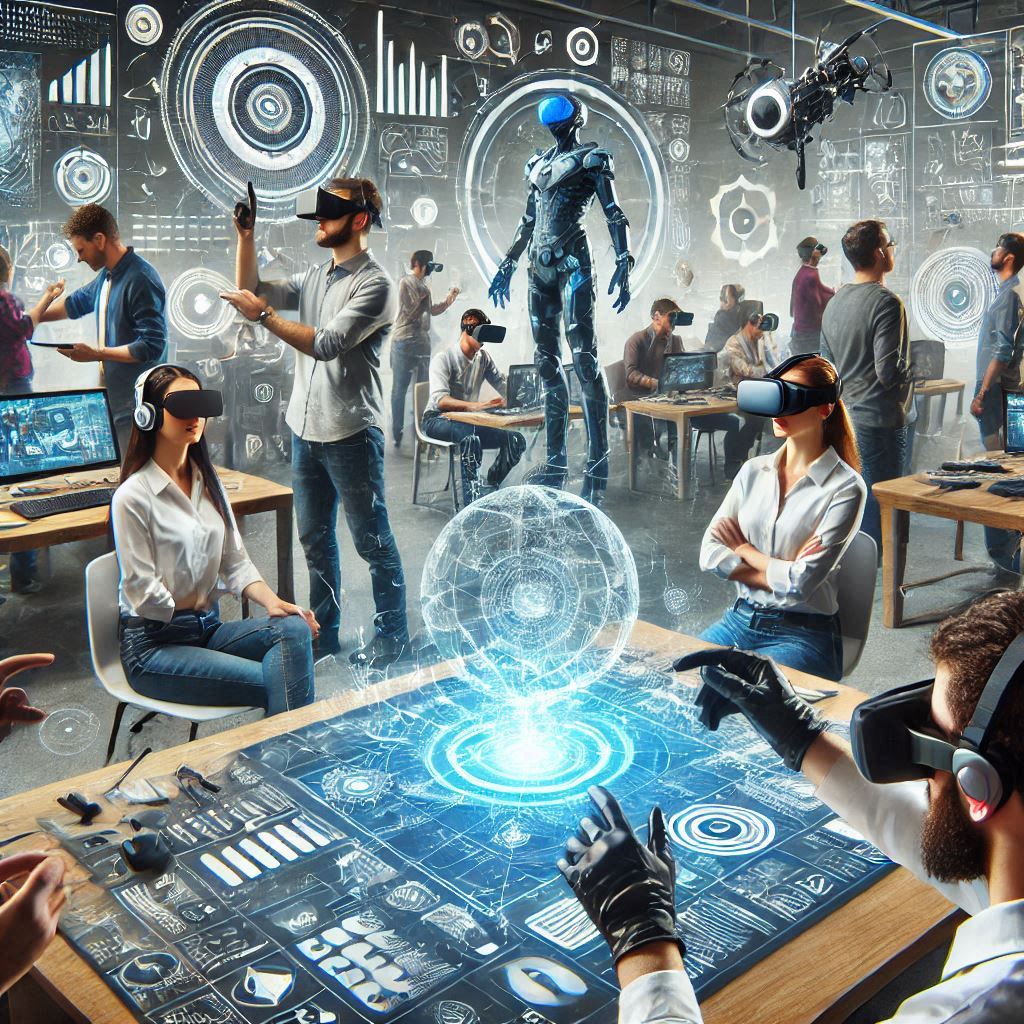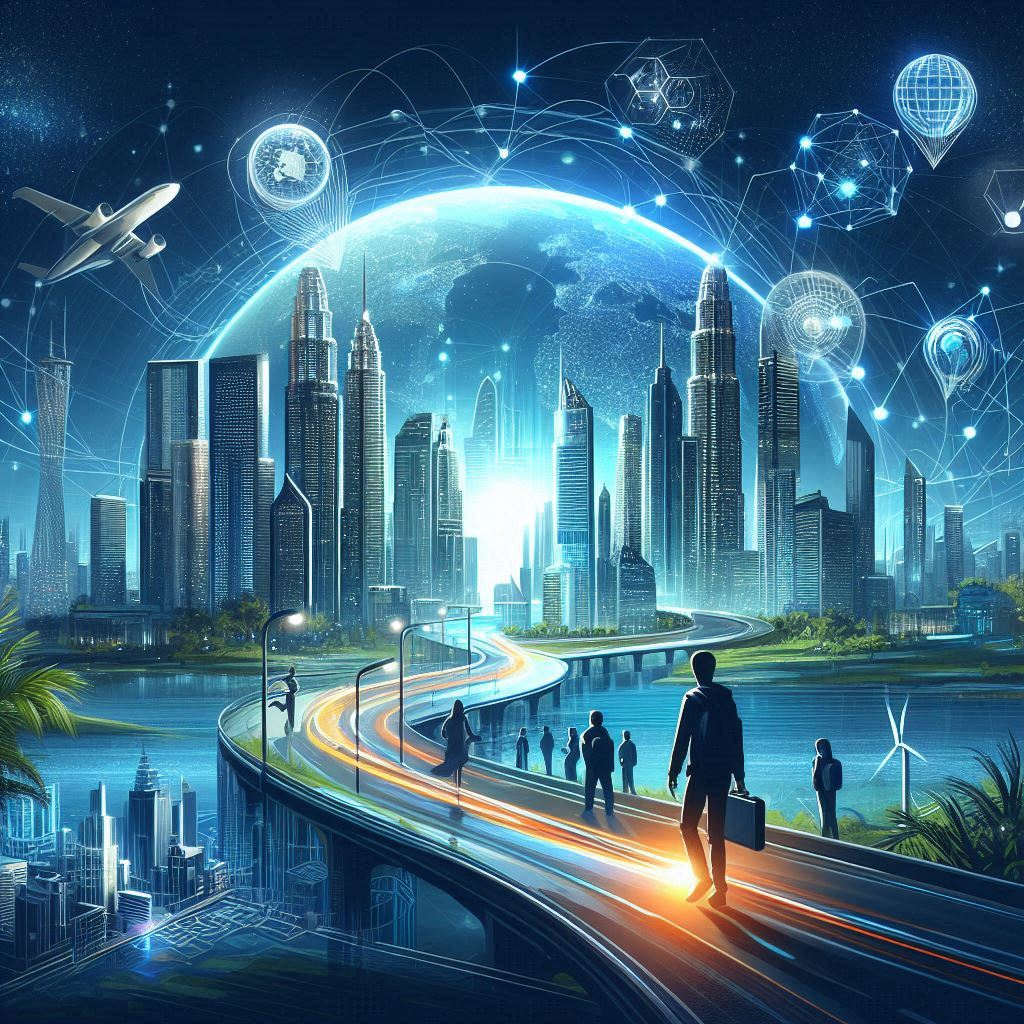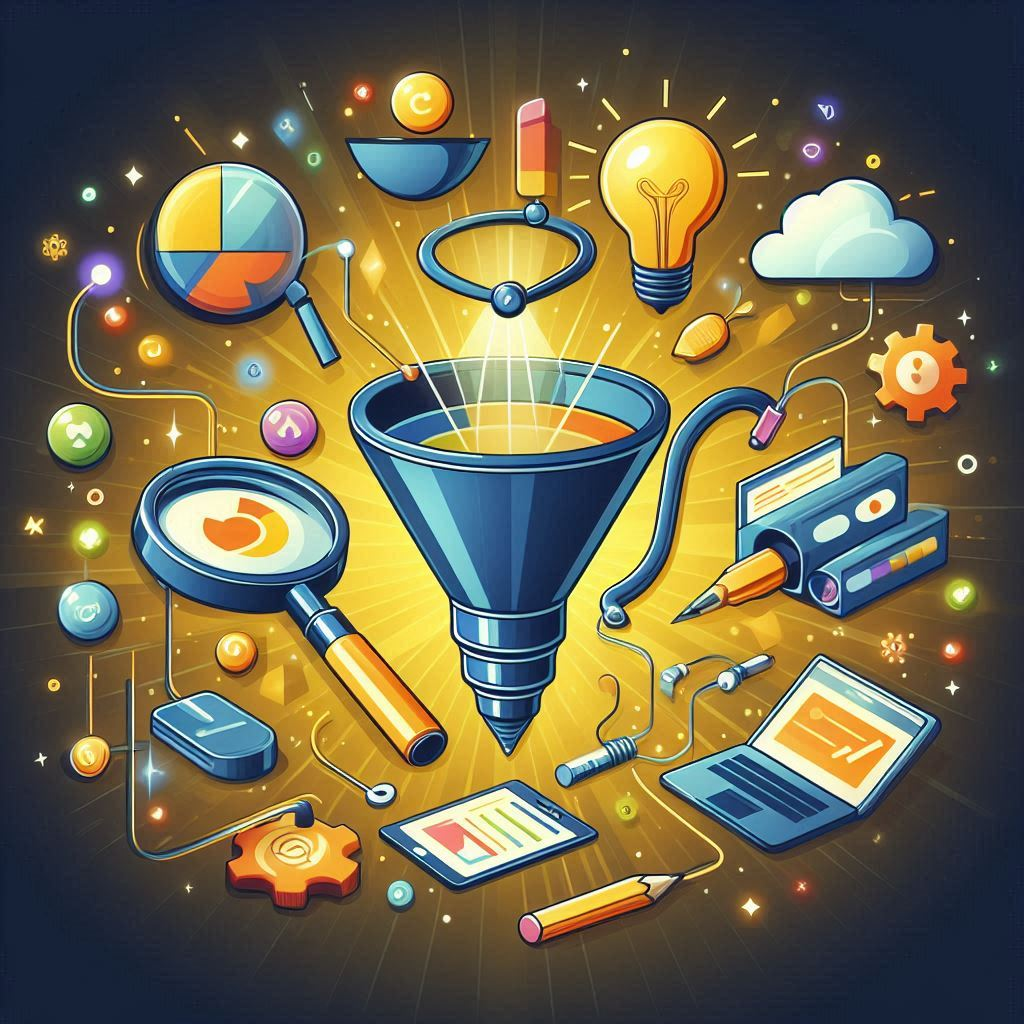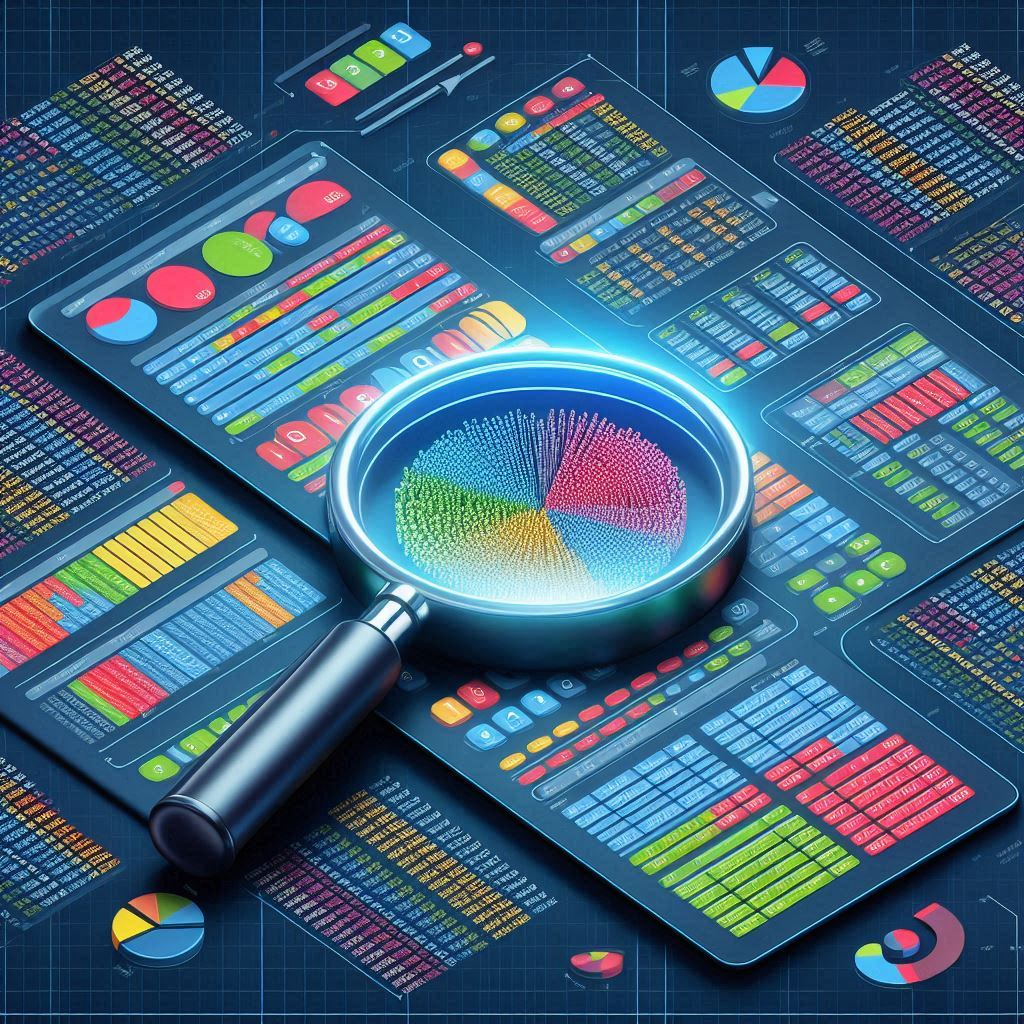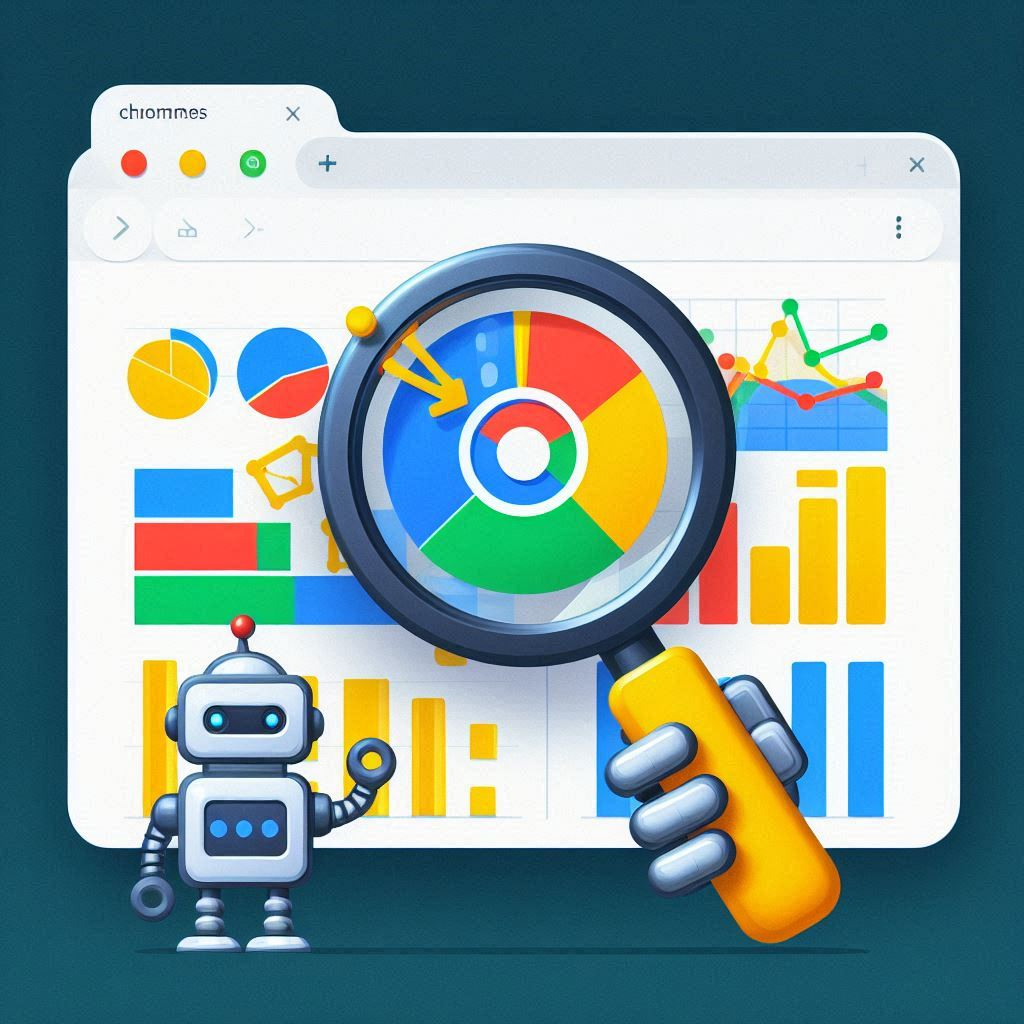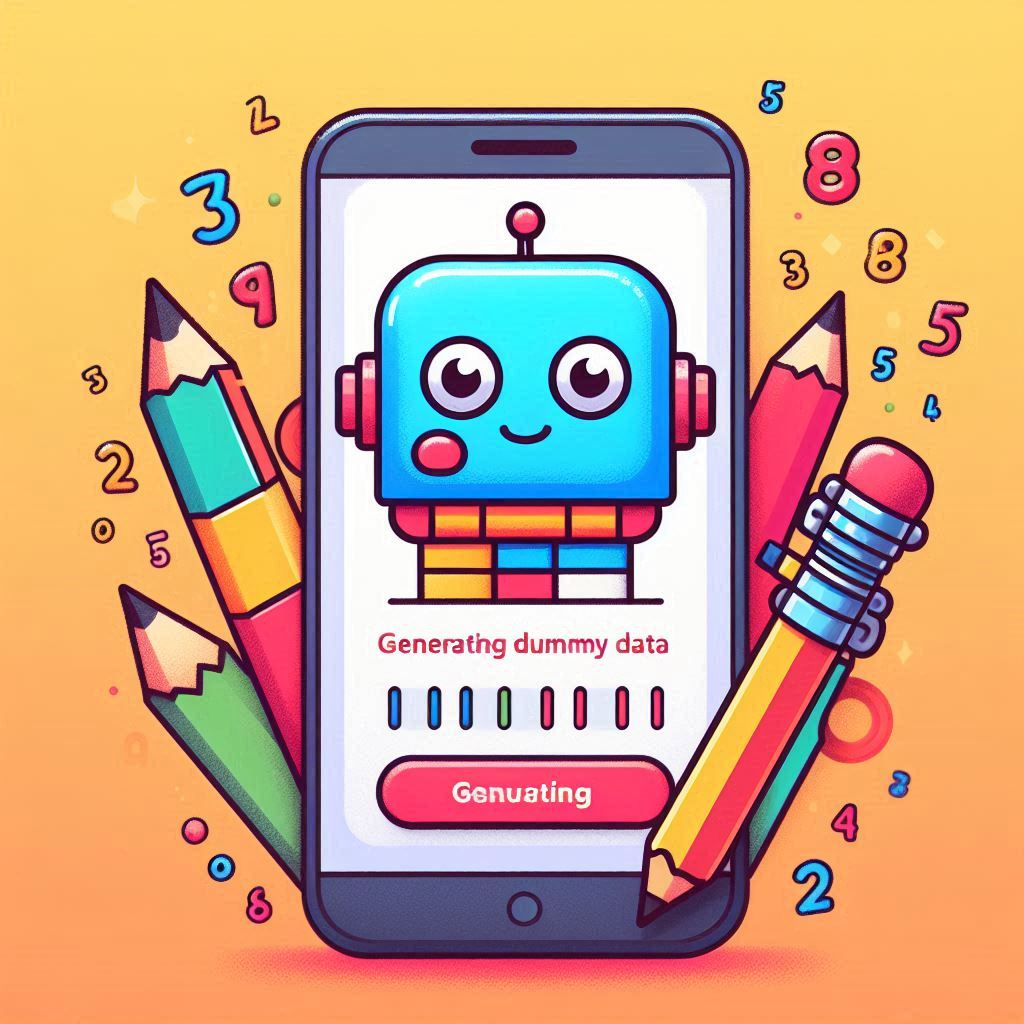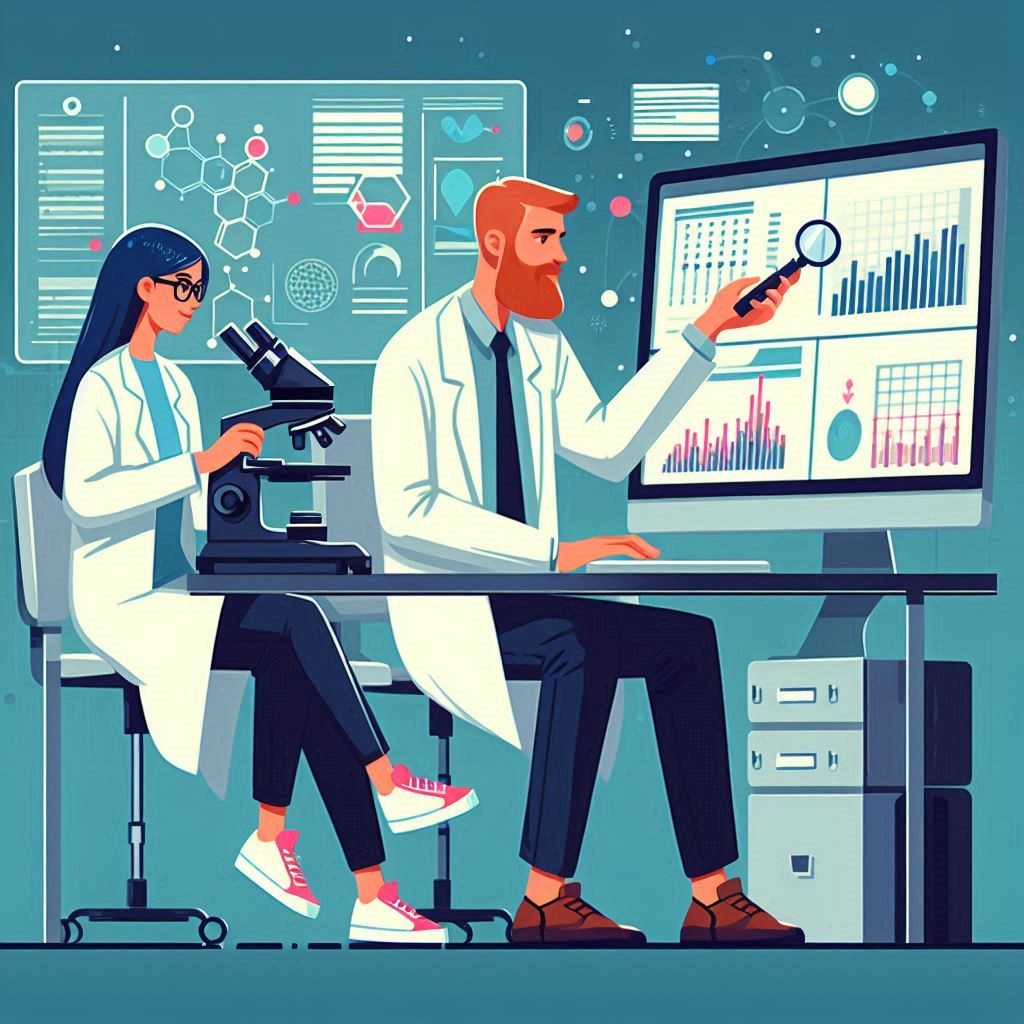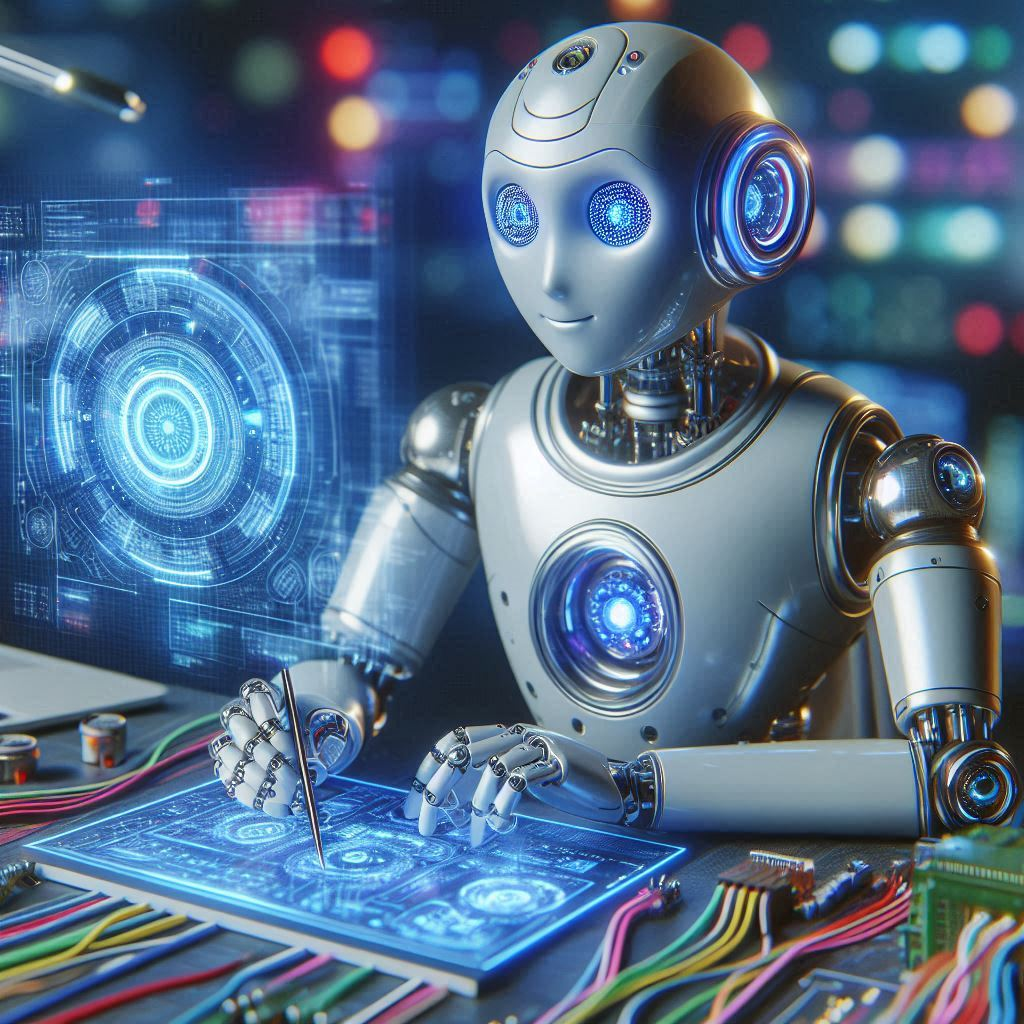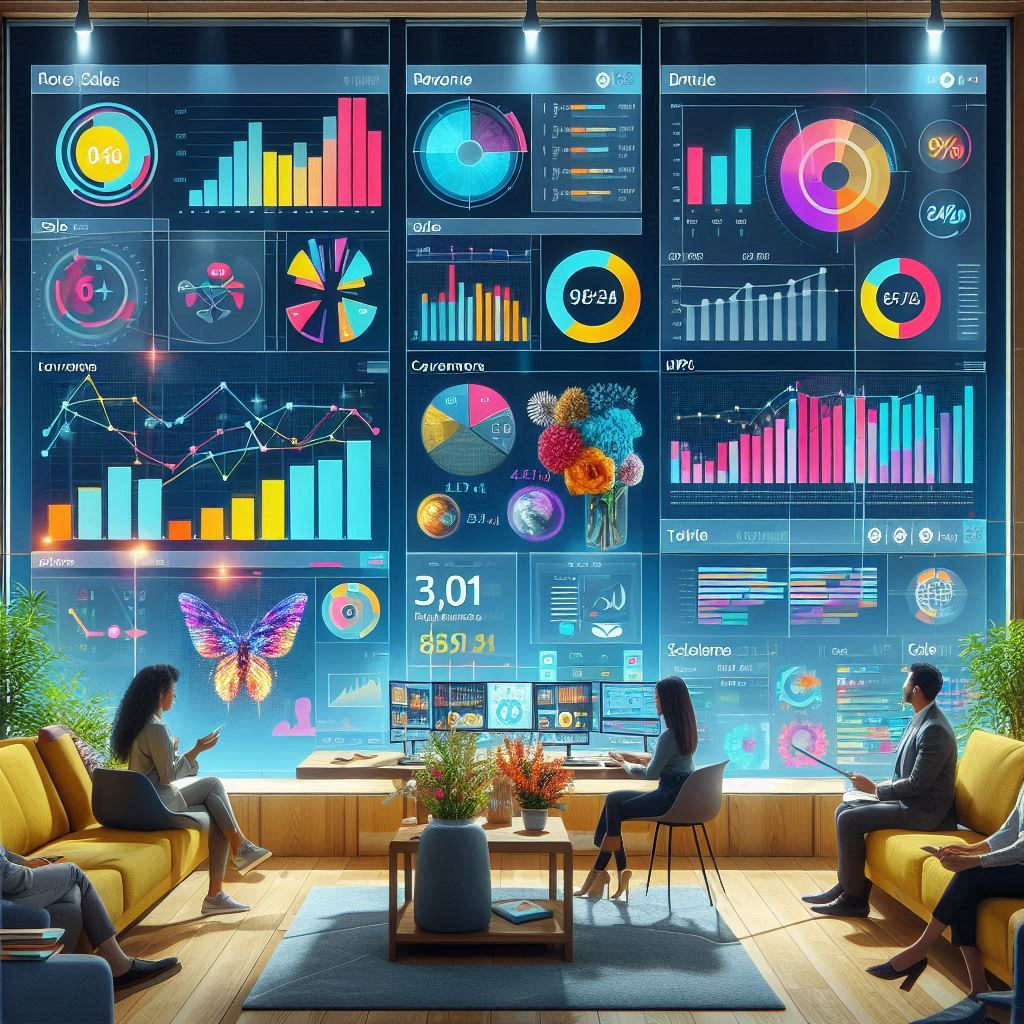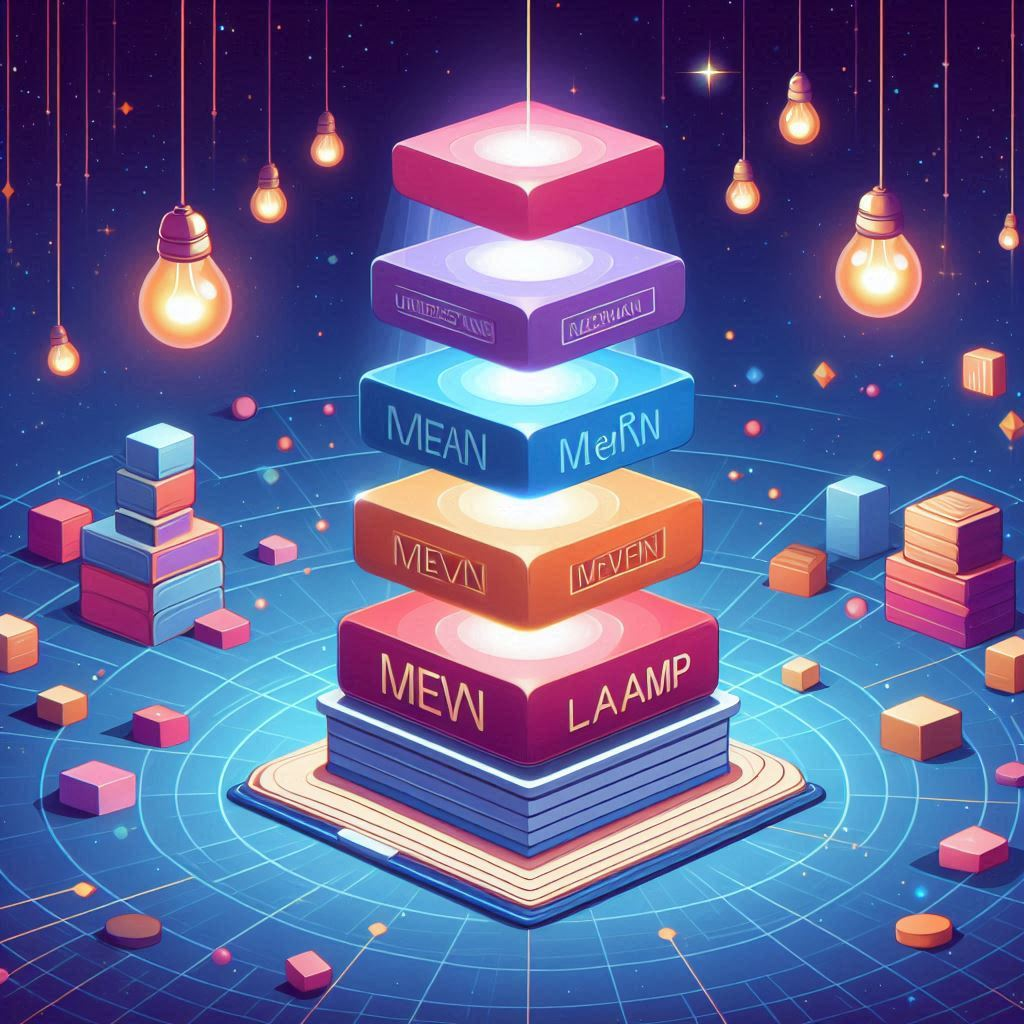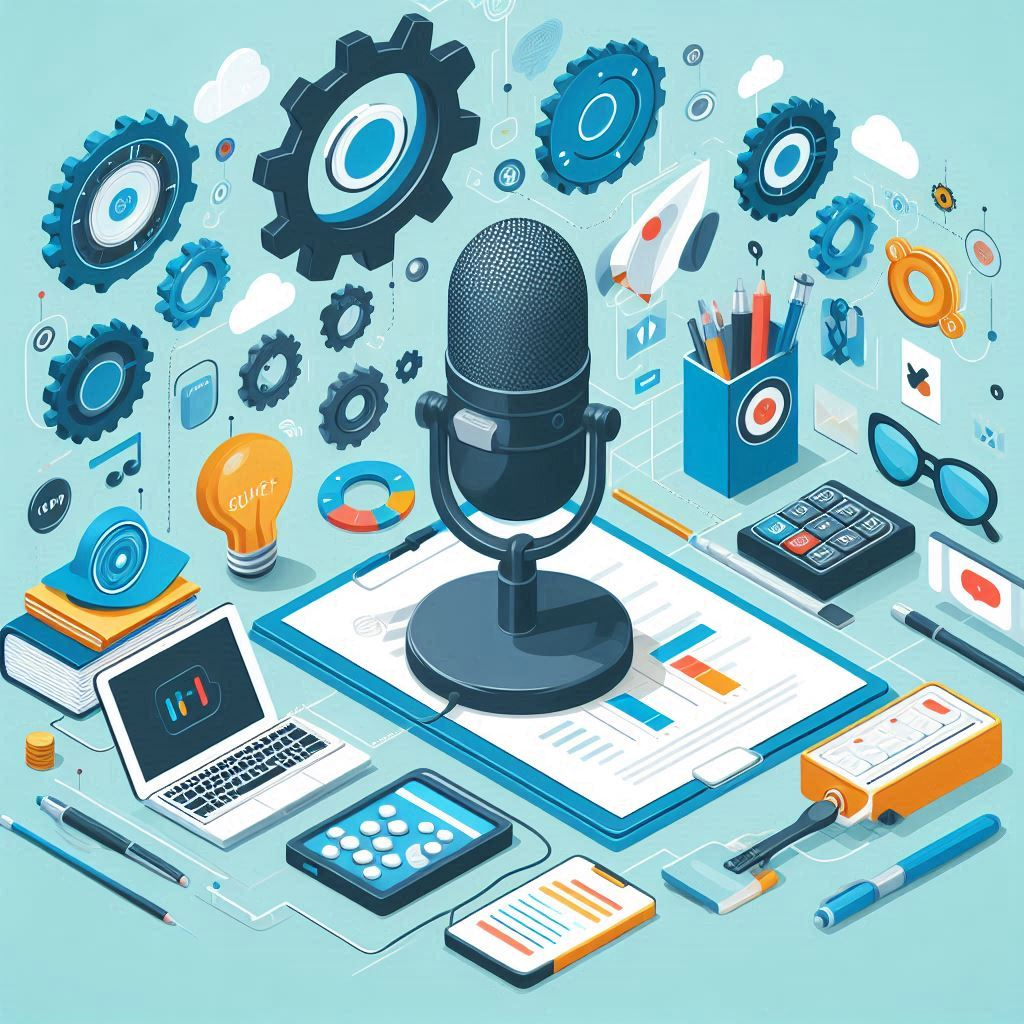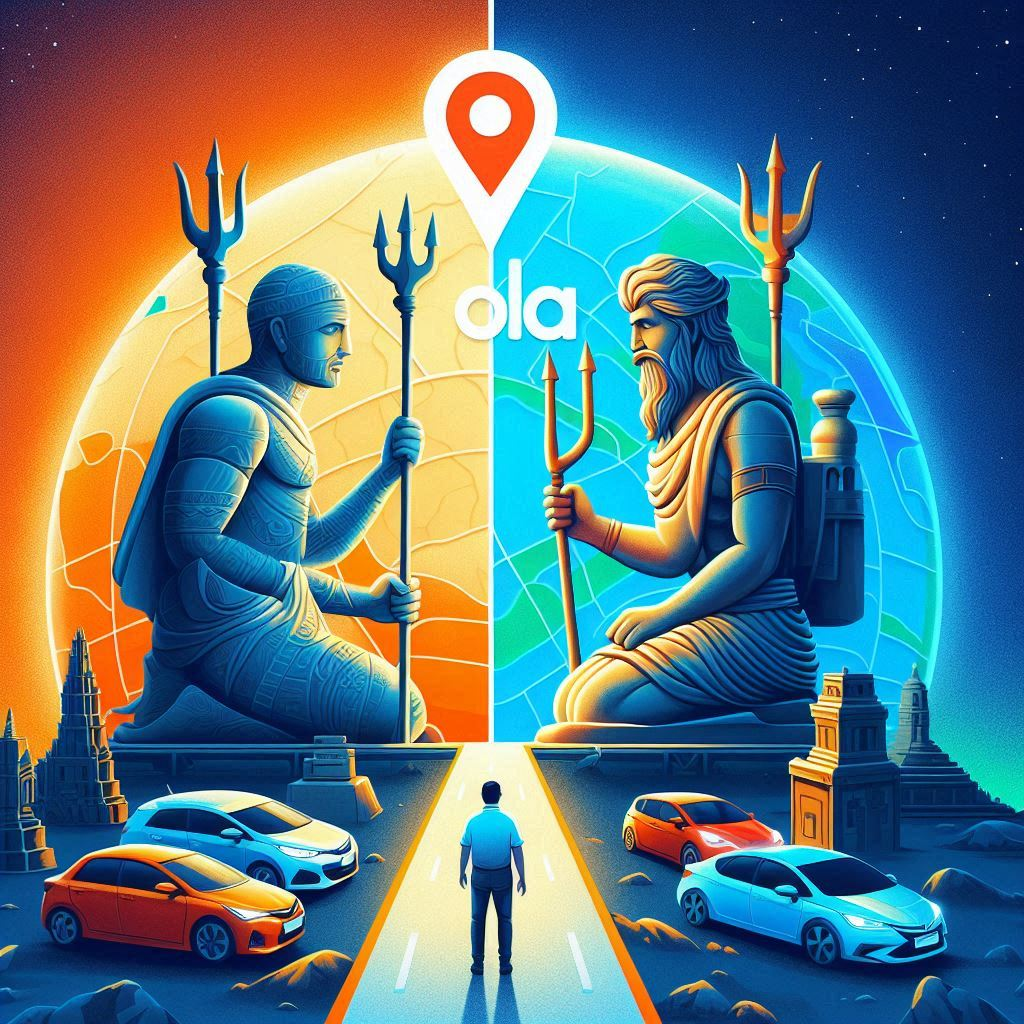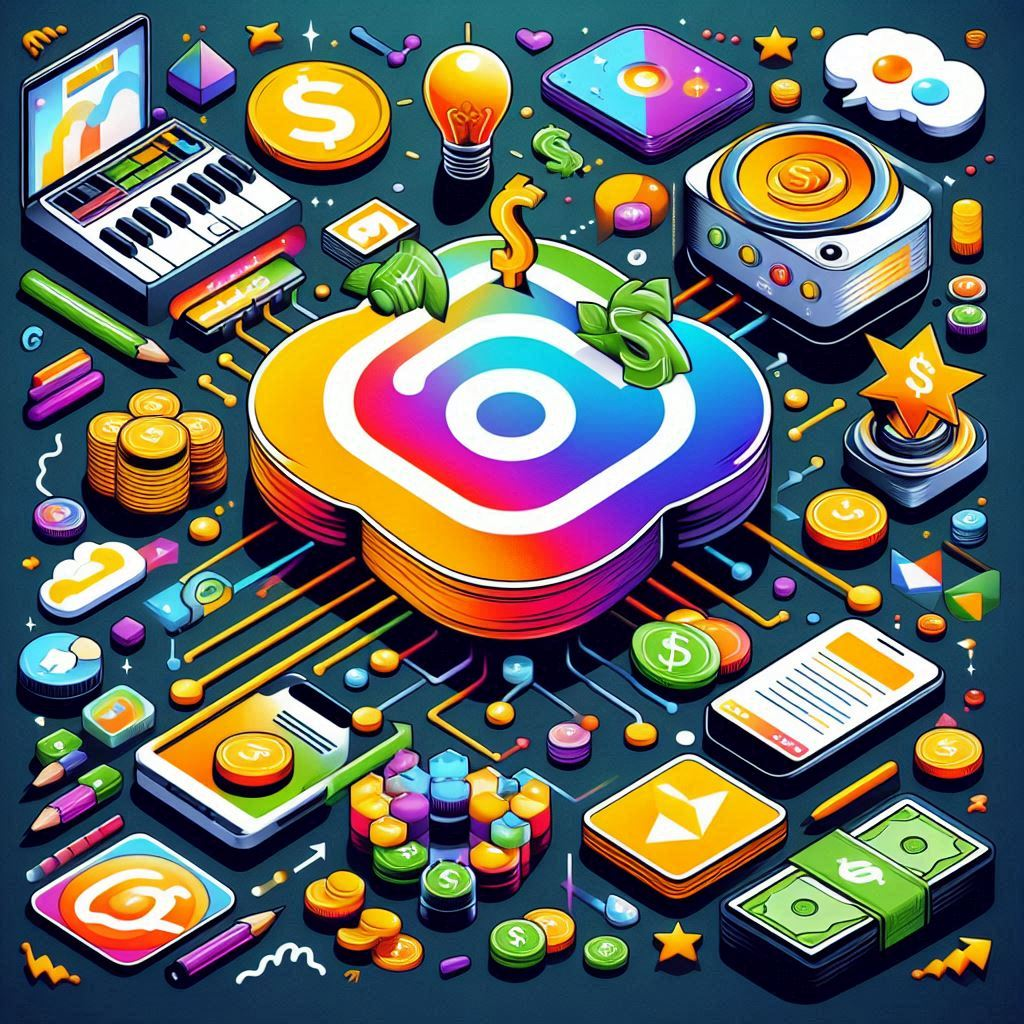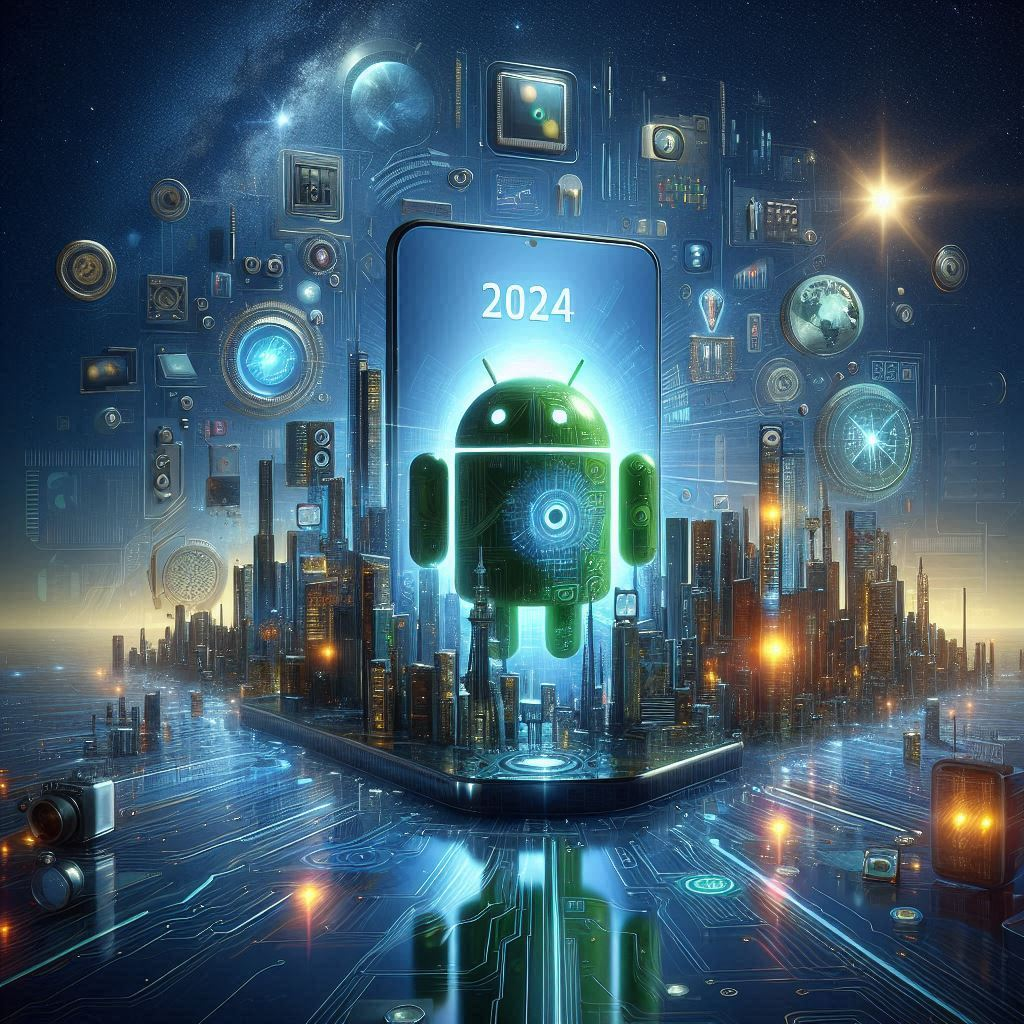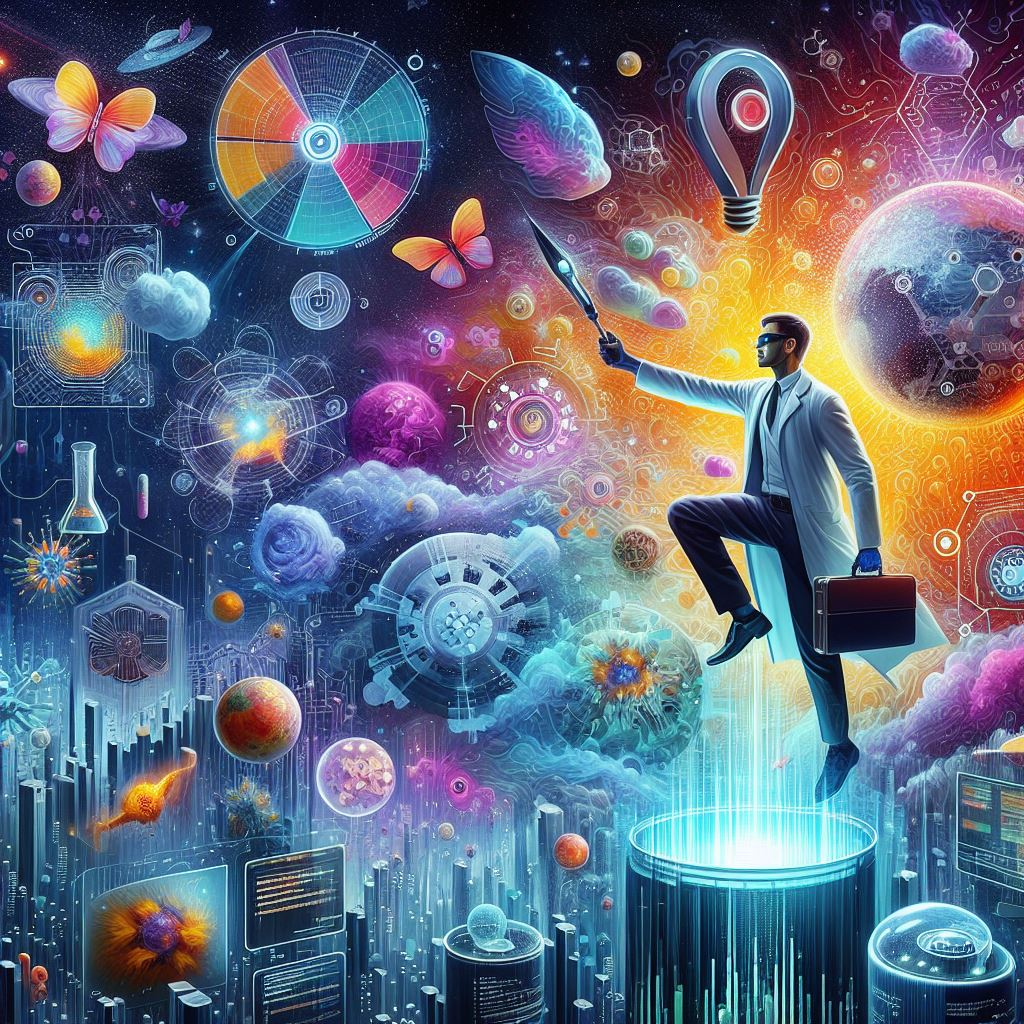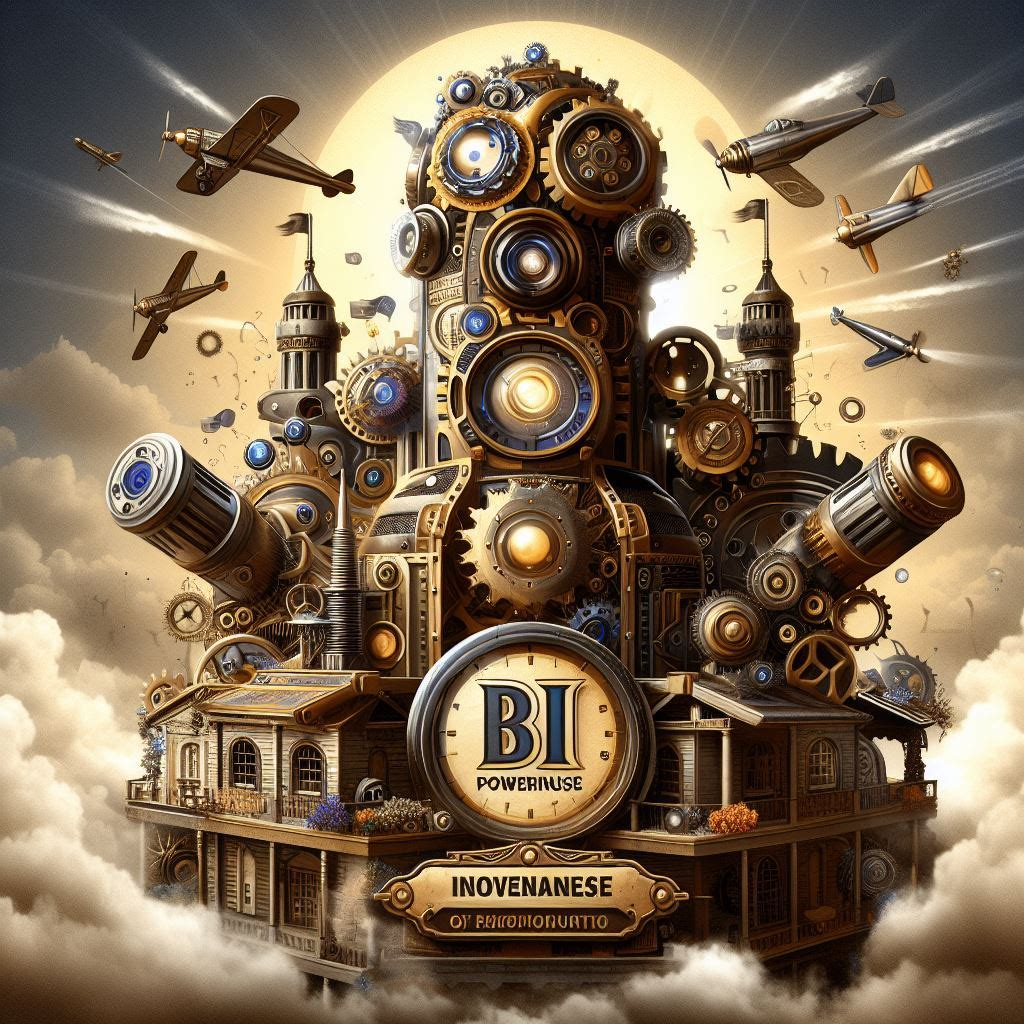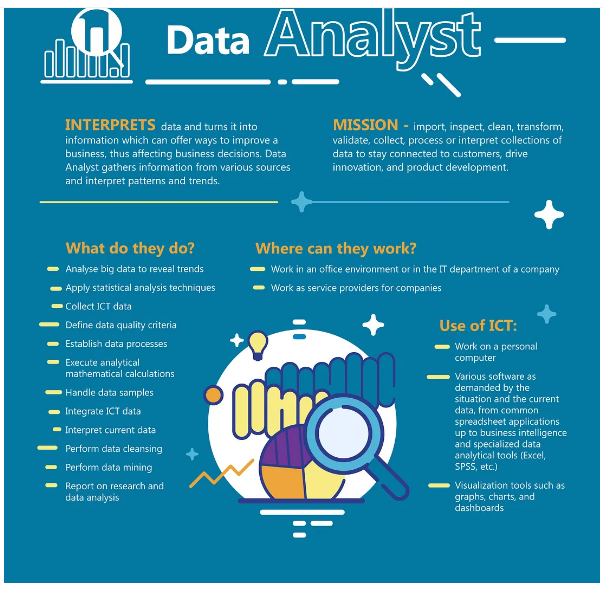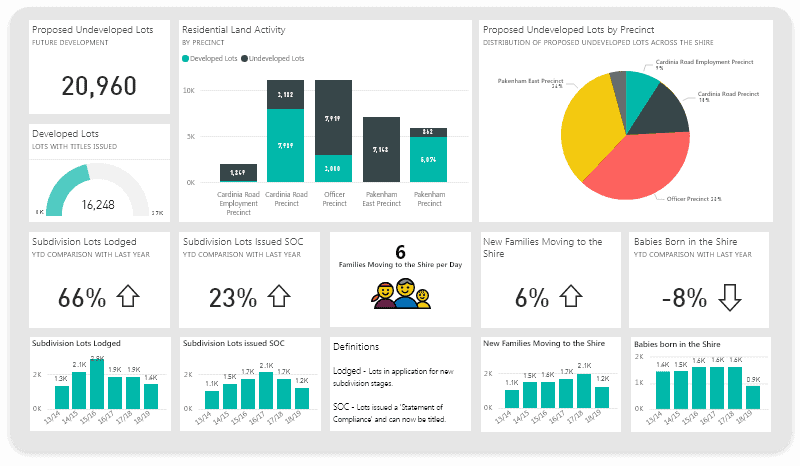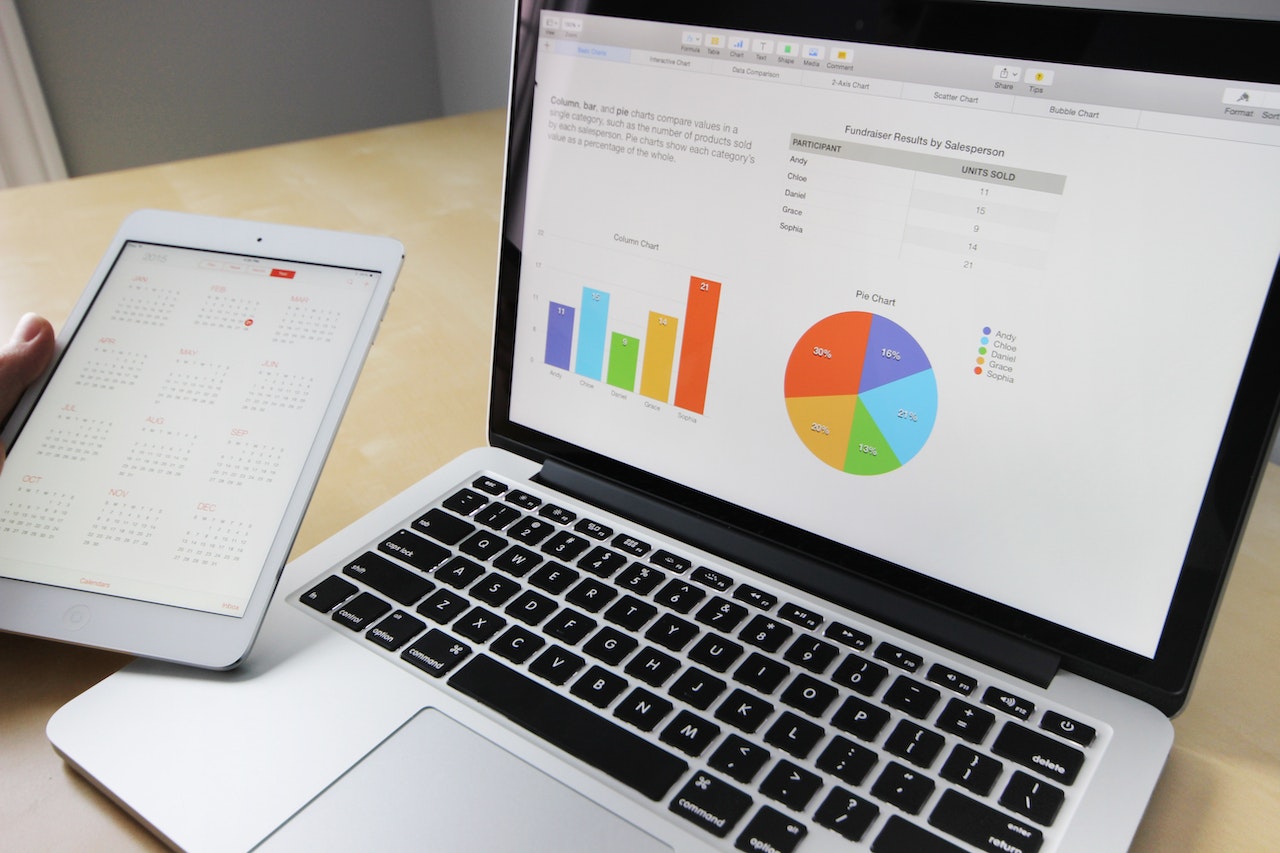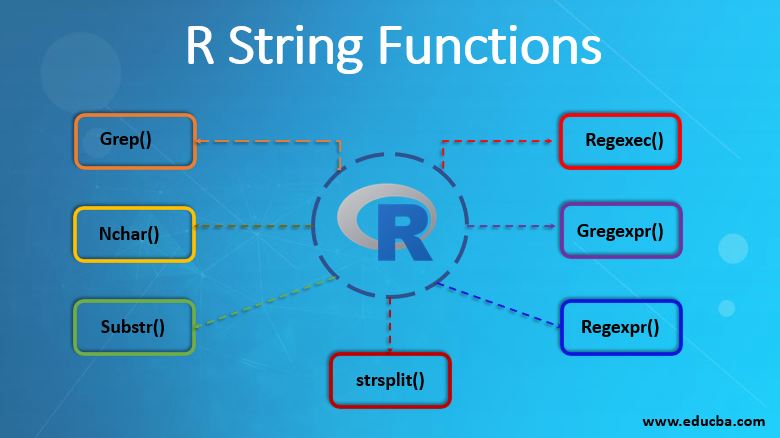
This Wonderful AI Tool Created by developer Toran Bruce Richards, Auto-GPT is an open-source platform that deploys GPT-4 to automate multi-step projects sans the need for multiple human interventions
Auto-GPT boasts of internet connectivity, GPT-3.5’s summarization capabilities and the ability to manage long-term and short-term memory
Within weeks since its launch, users have deployed Auto-GPT for building a personal stock analyzer, an automated product reviewer and to create a podcast from scratch
A spate of developments are underway in the global artificial intelligence (AI) space. The launch of ChatGPT in November 2022 proved to be a seminal moment in the world of computing and technology, as it ignited a tech war between giants Google and Microsoft over what seems to be the future of technology.
But, while ChatGPT seemed to be a breakthrough, allowing users to hold human-like conversations with a chatbot, not many expected a newer upgraded version within months that would spawn a new era of technology.
Auto-GPT is an experimental, open-source Python application that uses GPT-4 to act autonomously. This means that Auto-GPT can perform a task with little human intervention, and can self-prompt.
How to write better ChatGPT prompts (and this applies to most other text-based AIs, too)
For example, you can tell Auto-GPT what you want the end goal to be and the application will self-produce every prompt necessary to complete the task.
Who made Auto-GPT?
Auto-GPT was posted on GitHub on March 30, 2023 by developer Significant Gravitas. However, the application is driven by GPT-4 which is OpenAI’s latest and most advanced AI model.
Auto-GPT is a free, open-source Python application which uses OpenAI’s GPT-4 technology. GPT-4 is a multimodal large language model created by OpenAI as part of its GPT series.
Auto-GPT also runs autonomously: which means it is capable of generating its own ideas and suggestions based on human input through prompts. Unlike ChatGPT, Auto-GPT requires very little human interaction and is able to self-prompt, through what it calls ‘added tasks.’
If a user tells the application what they want the end result to be, it will generate prompts by itself to reach the goal. In the case of ChatGPT, constant interaction between the machine and the user is required for the bot to generate answers.
The languages used in Auto-GPT include Python, Dockerfile, and Javascript.
Who developed Auto-GPT?
Auto-GPT was posted to GitHub, a platform for software developers, by a user named Significant Gravitas. A demo video was posted to the site on March 30, 2023. It is made using OpenAI’s latest and most advanced model from the GPT series, GPT-4.
What can Auto-GPT do?
The possibilities, as things are when it comes to the vast playground of AI, are seemingly endless. Auto-GPT has internet access, long-term and short-term memory management, GPT-4 for text generation and file storage and summarization with GPT-3.5. It uses DALL-e for image generation as well.
It can generate test cases, debug code, and even stir up innovative business ideas. Twitter users who had the opportunity to test the tool tried out a variety of tasks: including carrying out research, finding a person’s digital footprint, and generating code.




